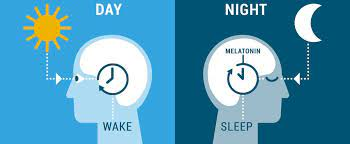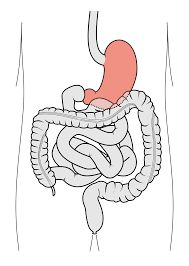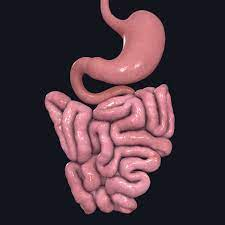Clocks and Chronobiology
- Mahi Mahitcha

- Apr 18, 2022
- 2 min read
If someone told you that your entire body was synchronized to its own clock, you’d probably laugh at them.
But, this is actually true. Different parts of the body follow systems called biological rhythms and are synchronized with a “master clock” in the brain.
What are biological rhythms?
Biological rhythms are behavioral, physical, and mental changes that follow cycles that vary in length, part of the body’s internal clock. The study of biological rhythms is known as chronobiology.
Biological rhythms are connected to a part of the brain called the suprachiasmatic nucleus (SCN), which is located in the hypothalamus, the area of your brain that manages the nervous system and the pituitary gland. The SCN sends signals throughout the day in order to regulate the body's activity.
Examples of biological rhythms include sleeping at night and being awake during the day, as well as the release of hormones like melatonin. They affect most organisms - most plants, animals, and microbes.
What’s the master clock?
The so-called master clock in the brain is responsible for coordinating all of the biological clocks in the body, which in turn regulate their own cycles, like the sleep-wake cycle – which is under the control of a biological rhythm called a circadian rhythm. It’s influenced by cues in the environment.
Biological clocks are comprised of specific proteins that interact with cells all throughout the body, and nearly every tissue and organ contain its own biological clock.
Interestingly, genes for similar processes have been identified in people, fruit flies, fungi, and numerous other organisms.
What are the types of biological rhythms?
Although biological rhythms are a multifaceted component of the human body, they can generally be separated into four different categories.

The most well-known of these are circadian rhythms, the 25-hour cycle that includes physiological and behavioral rhythms like sleeping, as mentioned above. Diurnal rhythms are a type of circadian rhythm that is synced with day and night.
Ultradian rhythms have a shorter period (less than 24 hours) and higher frequency than circadian rhythms, while infradian rhythms last more than 24 hours, such as a menstrual cycle.
So, why does this matter?
Different types of biological rhythms influence various important functions in the body beyond the normal sleep-wake cycle, going as far as to affect eating habits and digestion. For instance, the saying that you should not eat late at night may have some truth behind it: the body has higher insulin sensitivity in the morning and lowers it at night.
Biological rhythms serve many functions in the body, preparing it for expected changes in the environment, and arranging optimal times for activity, sleep, and eating. Overall, they hold influence over many crucial processes that we would not be able to live without.
Though it may be perplexing to think about, people owe their survival not just to their environment, but to an invisible clock within their own bodies.




Comments